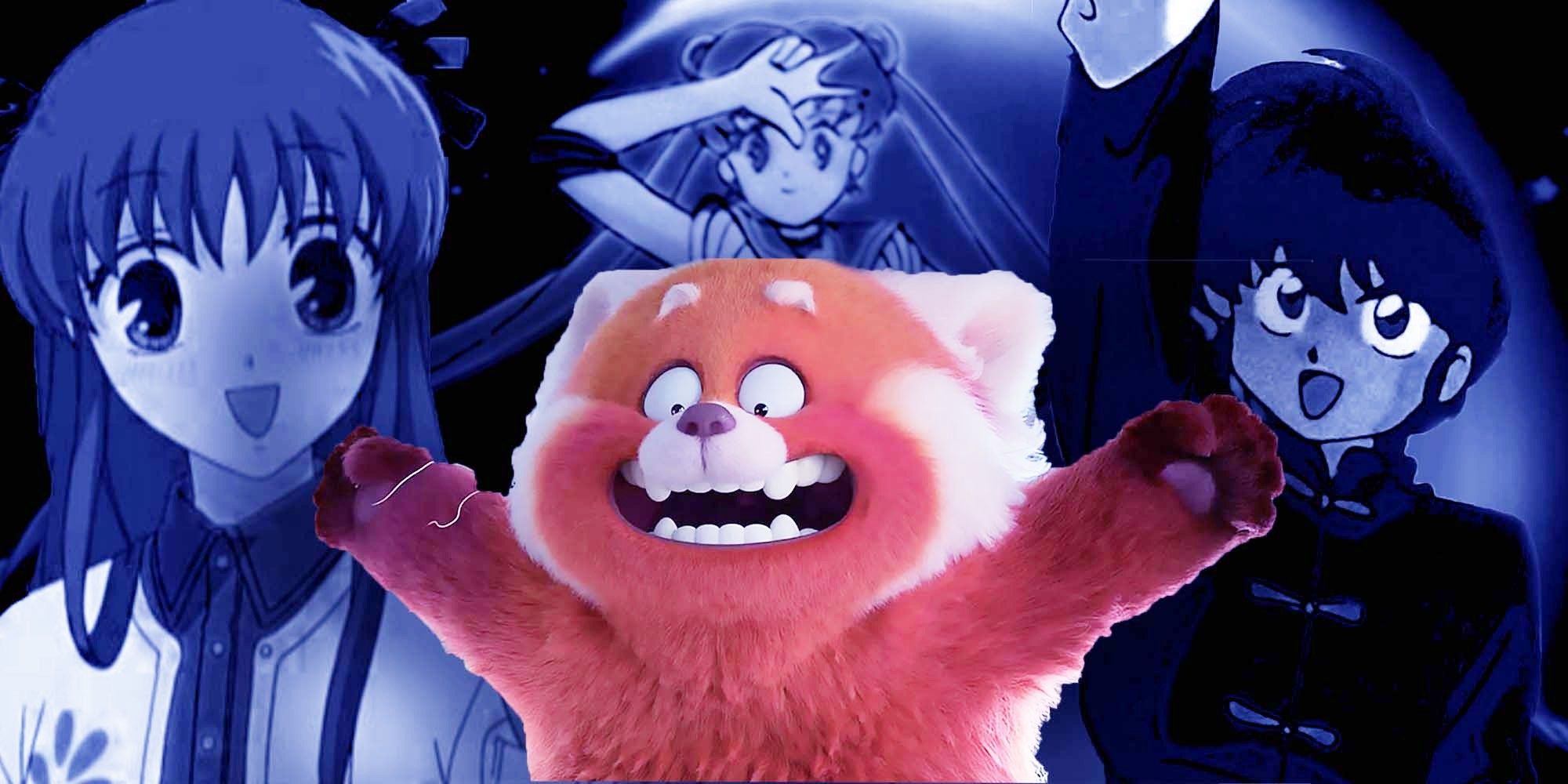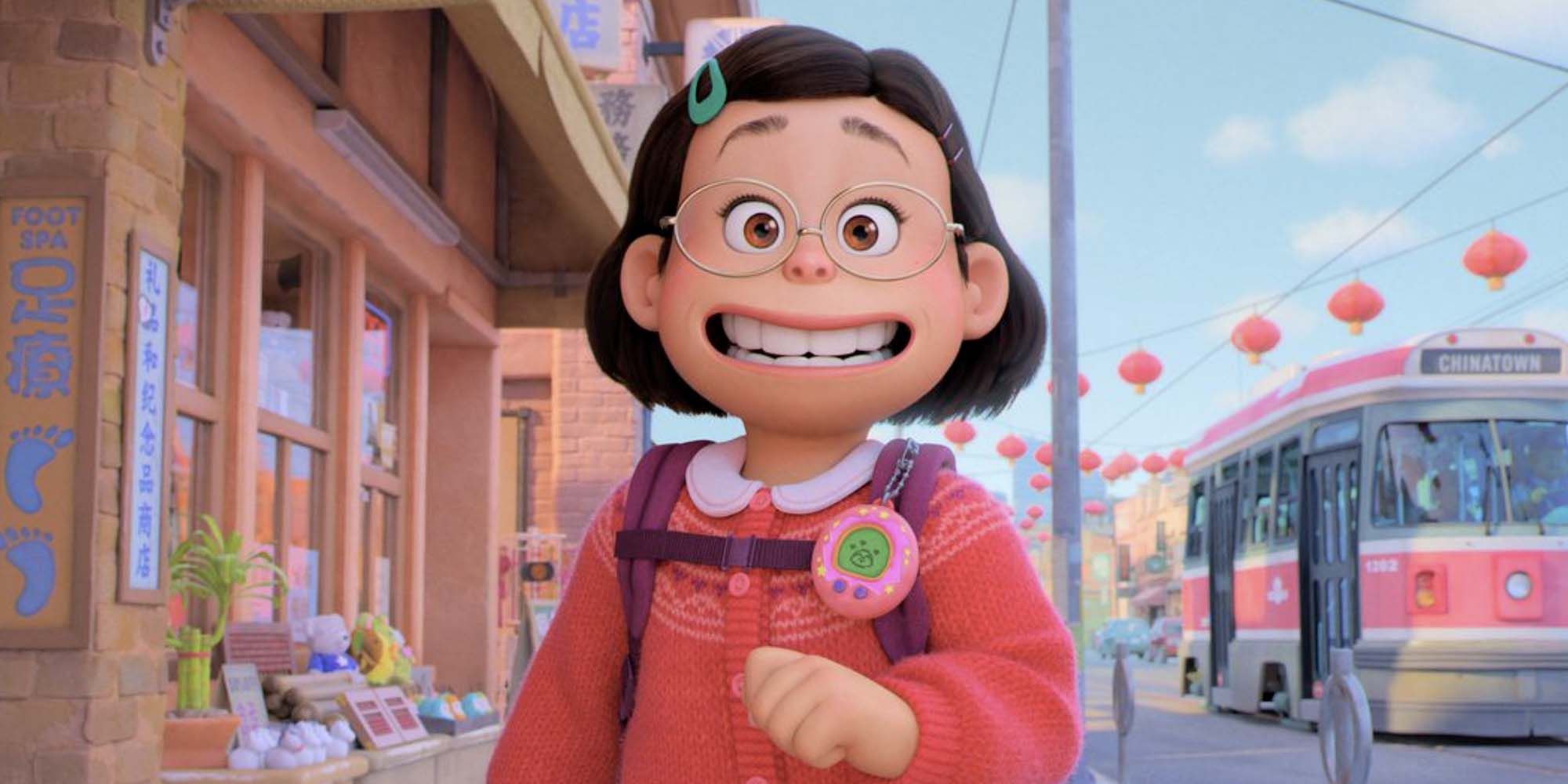Turning Red director Domee Shi shares the inspiration behind the coming-of-age animated film. Known for her Oscar-winning short film Bao, Shi has gone on to break the glass ceiling, directing the first all-female creative leadership team for Pixar Animation Studios with a script co-written by Julia Cho. Ahead of its release on the Disney+ service, Turning Red's metaphorical story exploring the experiences of adolescence and puberty has garnered positive early reviews from critics.
Turning Red is set in Toronto in the early 2000s, following the life of a 13-year-old Chinese-Canadian, Meilin “Mei” Lee (Rosalie Chiang). After she uncovers her family’s god-granted ability to transform into a giant red panda when becoming too excited or stressed, her mother, Ming Lee (Sandra Oh), explains the ancestral history of her family’s curse. As Mei learns to navigate around her newfound ability in Turning Red, she turns to her friends Miriam (Ava Morse), Priya (Naitreyi Ramakrishnan), and Abby (Hyein Park) for help.
In a recent interview with IndieWire, Shi disclosed the inspiration for the upcoming Pixar film, which recognizes her beloved childhood hobbies of watching Japanese anime and reading manga that was written and drawn by women. Shi specifically mentions the impact of Sailor Moon and how she incorporated similar themes in the film. The director explained that she wanted to capture the “girl friendship spirit” of the anime classic, which followed the story of middle school-aged best friends who saved the world together. Shi continues by adding other renowned animes Fruits Basket and Ranma 1/2, which inspired the red panda transformation while encompassing various genres of romance, comedy, and drama. Read her full response below:
“I grew up watching so much Japanese anime, and reading manga that was written and drawn by women,” she said. “‘Sailor Moon’ is about middle school girls who saved the world, but they were also best friends and they went to the mall together. That was so, so cool. We tried to capture that girl friendship spirit in our movie. ‘Fruits Basket’ and ‘Ranma 1/2’ are two hilarious animes that were created by women about human animal transformation mixed with high school romance, comedy, drama. I was super inspired by all of that, that awesome teen girl energy that I really was wanting to put on the big screen."
Based loosely on Shi’s autobiographical account and set in the early aughts in Toronto, it comes as no surprise that the filmmaker wanted to incorporate various influences and pop-culture references from her early teenage memories. The 90s saw the significant rise in the magical girl genre and shoujo manga in Japan, cementing a cultural shift worldwide. During that time, Sailor Moon had heavily innovated the anime genre, becoming one of the biggest Japanese anime and merchandising franchises, centering around friendship and empowering a generation to embrace femininity as a powerful force. Aside from the nostalgic 90s anime series, Turning Red also includes other pop-culture references from tamagotchis, to boy band obsessions in the late 90s and early 2000s, to Greta Gerwig's 2017 coming-of-age film Lady Bird.
Through these many references and inspirations for the film, Shi wanted to continue to follow the same precedent themes of the celebration and exploration of youth, particularly focussing on the journey of girlhood. If anything, Turning Red is a love letter to both Shi’s adolescent years and the experience of many millennials growing up in the early 2000s. However, it is also an interesting and sentimental homage to anime classics that helped to define the genre as it is today.
Source: IndieWire


